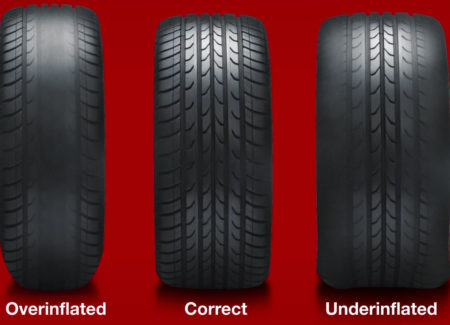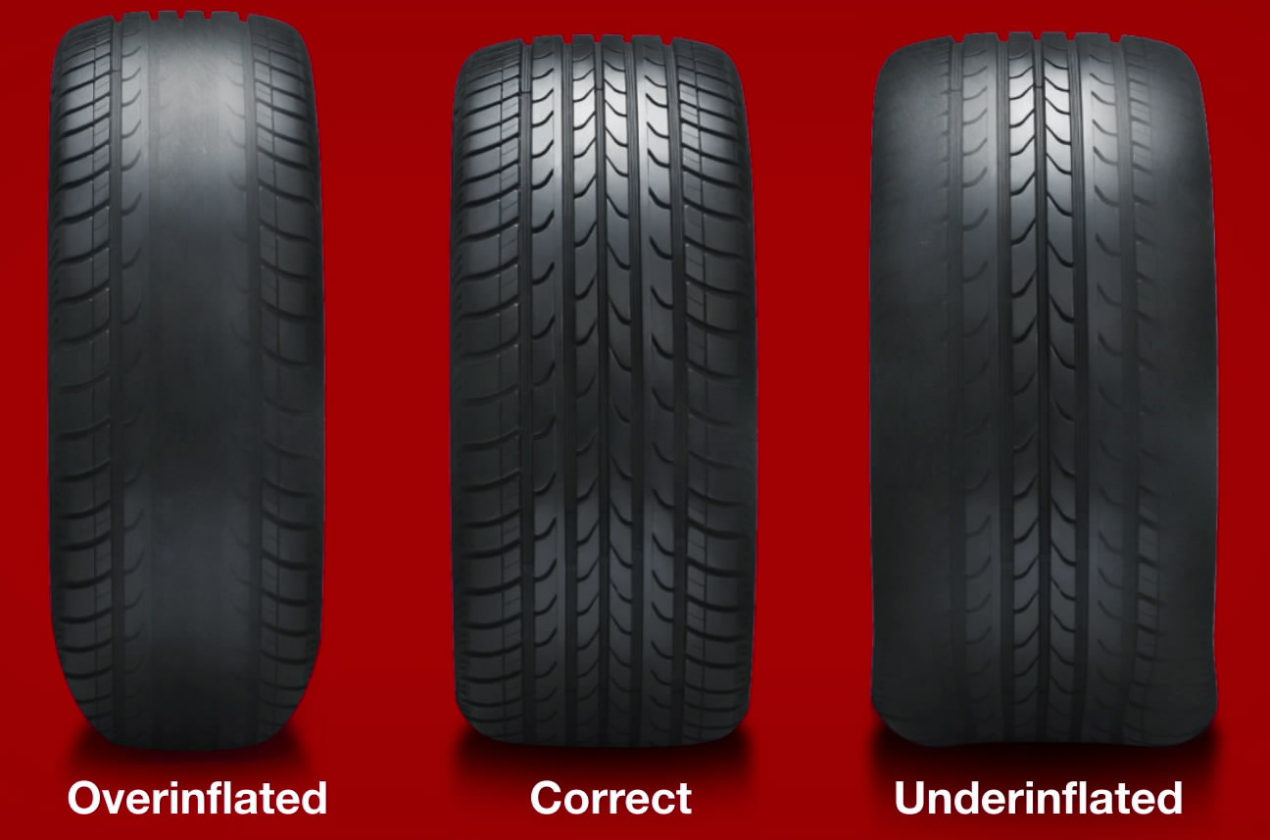
Tyre pressure may seem like a little thing and maybe even something you don’t have time to deal with — but it really does have a significant effect on your vehicle’s performance and safety. Checking your tyre pressure every fortnight is one of the easiest ways to keep your tyres in good shape. Plus, it can save you money in the long run by helping your tyres wear evenly.
WHAT IS TYRE PRESSURE?
Tyre pressure is a measure of the amount of air in a vehicle’s tyres, in pounds per square inch (psi). The required service involves checking the tyre pressure with a pressure gauge, at least monthly, if not more frequently. Having the proper tyre pressure is a crucial safety issue. Next to the brakes, the tyres are the most important safety devices on your car. Incorrect tyre pressure will compromise cornering, braking and stability. In the worst-case scenario, improper tyre pressure can lead to tyre failure and a serious crash. Incorrect tyre pressure also will affect your comfort, fuel economy and tyre life.
WHY IS TYRE PRESSURE SO IMPORTANT?
Proper air pressure in a tyre helps to distribute the weight of a vehicle evenly across the tyre’s tread pattern, so the tyre (and the vehicle) is at its most stable. When a tyre is under-inflated or over-inflated, it loses stability, negatively affecting handling, cornering, and stopping. Eventually the tyre will also start to wear unevenly.
Under-inflated tyres tend to show wear on the outside edges of the tread, while over-inflated tyres show wear down the middle of the tread.
Either way, incorrect inflation pressure leads to uneven wear which causes tyres to wear out faster thus resulting in less Naira in your pocket. Nobody wants that.
OVER-INFLATED TYRE (HIGH TYRE PRESSURE)
If tyre pressure is too high, then less of the tyre touches the ground. As a consequence, your car will bounce around on the road. When your tyres are bouncing instead of firmly planted on the road, friction suffers and so do your braking distances. Over-inflated tyres can be more prone to damage.
An over-inflated tyre is stiffer and may not react as expected to common road hazards like potholes. Over-inflation can even give your vehicle a harsh, noisy ride. You’ll also feel a decrease in ride comfort. When you drive on an over-inflated tyre, the ‘center’ of the tread can wear down.
UNDER-INFLATED TYRES (LOW TYRE PRESSURE)
If tyre pressure is too low, then too much of the tyre’s surface area touches the ground, which increases friction between the road and the tyre. As a result, not only will your tyres wear prematurely, but they also could overheat.
Overheating can lead to tread separation and a nasty crash. One sign of low tyre pressure is if your tyres squeal when cornering. Under-inflated tyre shows heavy wear on both shoulders.
CHECK YOUR TYRE PRESSURE REGULARLY
We recommend that you check your tyre pressure at least every fortnight and also any time you’re planning to hit the road for a long drive. Tyre pressure decreases by about 1 pound per square inch for every degree drop in outside air temperature. It is advisable you check pressure while the tyres are cold (for example, first thing in the morning) or after the vehicle has been sitting for a few hours following a short drive.
Heat generated by driving, an increase in air temperature as the day goes on, and even the heat of the sun shining on your tyres can temporarily increase tyre pressure, so you’ll get the most accurate reading when tyres are cold.
And just so that you know; there is no such thing as a visual tyre pressure check! It is almost impossible to tell if a tyre is under-inflated or over-inflated simply by looking at it. Use a quality tyre gauge and if necessary adjust the air pressure as indicated by the owner’s manual or the vehicle tyre placard.
HOW DO YOU DETERMINE THE CORRECT TYRE PRESSURE?
It is unsafe to inflate your tyres to the pressure listed on the tyre itself. That number is the maximum pressure the tyres can hold, not the recommended pressure for the vehicle. The recommended tyre pressure is almost always lower than the maximum tyre pressure. It is advisable to check your owner’s manual to find out where to look on your vehicle to find the recommended measurement. This number usually is indicated either on the driver’s door pillar, the glove compartment door, the bonnet or on the fuel filler door. The placard (usually found on the driver’s side door jamb) also displays manufacturers’ tyre sizes.







